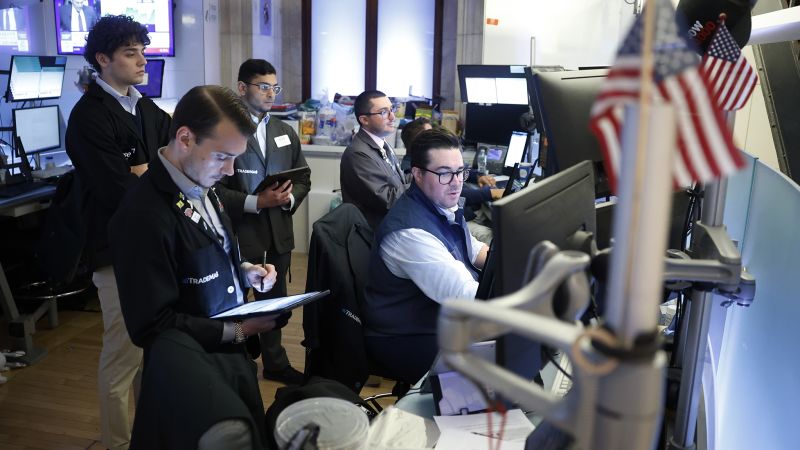In the ever-watchful eyes of global investors, the commonplace bond auctions in the United States have attracted unexpected attention, as evidenced by a forthcoming auction scheduled by the Treasury Department. On Thursday, the department will put up $22 billion worth of 30-year government bonds. This event is particularly significant, serving as a barometer to measure investor sentiment towards US national debt. Analysts and traders alike are closely monitoring the auction to evaluate demand, especially from foreign investors, as weak demand could indicate growing apprehension regarding America’s fiscal policies.
The Treasury auction, a routine occurrence in the financial calendar, has evolved into a crucial indicator of Wall Street’s perception of the Trump administration’s financial agenda. A lackluster auction performance could reignite concerns over America’s escalating debt burden. President Donald Trump’s ambitious “One Big, Beautiful Bill Act,” designed to stimulate economic growth but also to increase fiscal pressures, has raised questions about lawmakers’ ability to effectively manage the country’s financial situation.
If demand for the 30-year bonds proves tepid during the auction, yields could increase accordingly. This is crucial to acknowledge because bond prices and yields behave inversely; as demand weakens, prices drop and yields soar. Consequently, rising yields result in heightened borrowing costs for the government, which can ripple outwards, elevating borrowing expenses for consumers as well—impacting everyday items such as auto loans and credit card debts.
Long-term US debt, traditionally viewed as a safe investment, is facing scrutiny, especially with the Trump administration’s tax initiatives likely contributing to an increased federal debt. John Canavan, the primary US analyst at Oxford Economics, expressed concerns in a recent analysis regarding the sustainability of the US fiscal position, emphasizing that market participants are becoming increasingly wary of America’s economic trajectory.
Throughout the year, yields on 30-year Treasury bonds have surged, reflecting investors’ heightened demand for higher returns on what is perceived as a riskier long-term commitment to the federal government. These concerns were intensified following Moody’s recent credit rating downgrade, in which the agency stripped the US of its last perfect score. According to Canavan, the timing of this downgrade coincides with growing skepticism about the ease of financing spiraling deficits, compounded by Trump’s tariff strategies that might spur short-term inflation while obstructing economic growth.
This upcoming auction is particularly significant, as it is the first since Wall Street began scrutinizing the details surrounding Trump’s major legislative initiatives, rendering it a critical gauge of market sentiment. Collin Martin, a fixed-income strategist at Charles Schwab, stated that there is an apprehension that rising yields might be necessary to entice investors back into the long-term bond market.
While investors are showing strong interest in shorter-term securities such as 10-year bonds, hesitance lingers with longer-duration securities like the 30-year bond, according to Chip Hughey, managing director of fixed income at Truist Advisory Services. Concerns about the long-term US debt situation and trade policies have led investors to reassess the risk of extending loans to the government over extended periods. The complexities surrounding budget deficits and national debt are significant determinants of the future direction of investor sentiment.
In the wake of potential weak demand, heightened volatility is expected, with a poor auction likely sending yields sharply upward, invoking responses from wary investors. Conversely, a successful auction could signal robust demand, potentially relieving market pressures. Reports from institutions such as the Pacific Investment Management Company (PIMCO) suggest that investor strategies may favor short-to-medium duration bonds while displaying reluctance toward longer-term investments.
As broader market conditions remain tentative, US stock performance has varied with the developments in the trade environment. While the S&P 500 maintains proximity to historical highs, recent trends indicate a stalling momentum, juxtaposed against the backdrop of ongoing tariff negotiations, mainly with China. The uncertain economics stemming from these negotiations have also instigated a weakening of the US dollar, prompting further market fluctuations.
In conclusion, as the financial landscape continues to evolve, the outcome of the upcoming Treasury auction will be indicative of investor confidence or caution towards US fiscal policies, the broader implications of which could affect both domestic economic conditions and global investors.



